[nextpage title=”Introduction”]
Canon 17-40mm f4 v Nikon 17-35mm f2.8 v Zeiss 21mm f2.8 Distagon
[published march 2007]
The first time I tested a lens purposefully was in 2001. I’d bought a Canon 17-40mm f4 L for the 1Ds Mark I and couldn’t believe the results I was getting – in a bad way. The incredulous dealer said the fault was mine: ‘you don’t get problems with L lenses.’ They’re the experts, right? I exited like a smacked dog, fearfully contemplating the gradient of the learning curve with this new-fangled digital gear, and I tested and re-tested that hateful little zoom until I’d convinced myself (if not the dealer) that all was not well.
Back in those days, mind, you could get a Zeiss 21mm, W1 hood, 82mm polariser, signed inspection certificates and a nice box to take it all home in – stop for a pizza and a show at the picture house and still have change from $1500, by gum. Eee, it were grand . . . anyway, it appeared that Canon could do no better. What I really needed was my cherished Biogon 21mm but only the inferior Distagon was available. Eventually I came across Bob Shell who, along with Stephen Gandy, was the earliest of the early adapter adopters.
Putting a ZEISS lens on a CANON camera was just too exciting – and the results were astonishing. Flushed with the joy of discovery, I hastily cobbled together the results of a few test shots and created a web page purely to elicit a refund from the dealer. That page has taken more than a million hits in the last six years. And the evangelical urge hasn’t quite dissipated yet . . . .
The preamble is necessary to explain why I’ve not tested a 17-40mm since. Mindful of the fact that the oft-viewed samples shown may not be representative of the average sample, I’ve decided to reprise the test for 2007 with several different copies, and include in the mix my favourite wide zoom: the Nikon 17-35mm f2.8 which, controversially, I favoured with my wallet above even the converted Contax N 17-35mm.
Extended acquaintance with the Canon 16-35mm Mark I also opened my eyes to the extent to which zooms are tuned to perform in specific ranges. The 16-35mm, for instance, is a relatively shabby performer in the 16-24mm range, but pretty tasty from 28mm up. I guess that’s why they redesigned it. The 17-40mm, however, is optimised conversely and seemed likely to outperform its more expensive sibling at the lower end – providing a healthy sample could be obtained. Several were tried.
As if the past six years hadn’t happened, only last week the adolescent in charge of my local dealership regurgitated that old, familiar lie when I returned with images to demonstrate a defect: ‘But that’s not possible, sir: it’s an L.’ WAKE UP AND SMELL THE REALITIES OF MASS PRODUCTION!
Anyhow, several copies later, we have one that works well enough to spend some time with. Here’s the rematch . . .
[nextpage title=”Resolution (f2.8)”]
Nikon 17-35mm 2.8 v Zeiss 21mm 2.8
Performance at f2.8 (Zone A)
 |
 |
| Nikon 17-35mm
at 21mm / f2.8 (centre) |
Zeiss Contax 21mm
at f2.8 (centre) |
|
3.6 points
|
4.7 points
|
The Canon 17-40mm isn’t ready to join the party yet at f2.8, but the Contax 21mm is ravishingly fine at its widest aperture. Amid other company, you might call the Nikon 17-35mm f2.8 is serviceable – add a bit more wide radius USM and go with it – but against the Zeiss it’s plain ugly.
Performance at f2.8 (Zone B: Left Side)
 |
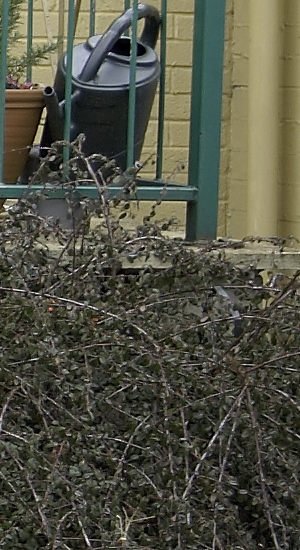 |
| Nikon 17-35mm at 21mm / f2.8 (mid-frame) | Zeiss Contax 21mm at f2.8 (mid-frame) |
|
3.9 points
|
4.6 points
|
At most focal lengths, the Nikon displays an uneven field of focus; at this aperture it’s actually sharper in Zone B than in the centre of the frame. The Zeiss 21mm exhibits a subtle but sensor-readable degradation of resolution 10mm from the sweet spot.
Performance at f2.8 (Zone C)
 |
 |
| Nikon 17-35mm at 21mm / f2.8 (corner) | Zeiss Contax 21mm at f2.8 (corner) |
|
3 points
|
4.0 points
|
An equally wide gulf is evident in the extreme corner. It would take very little post-production to spruce up the Contax prime’s capture to a high standard, whereas the Nikon zoom is beyond redemption. In its favour, we should note that the Zeiss 21mm suffers much stronger vignetting than the Nikon 17-35mm – but this is such an easy (and non-deleterious) fix, it hardly seems fair to award a significant penalty on the scorecard.
[nextpage title=”Resolution (f4)”]
Nikon 17-35mm 2.8 v Zeiss 21mm 2.8 v Canon 17-40mm f4 L
21mm at f4 (Zone A)
 |
 |
 |
| Nikon 17-35mm
at 21mm / f4 (centre) |
Canon 17-40mm
at 21mm / f4 (centre) |
Zeiss Contax 21mm
at f4 (centre) |
|
4.3 points
|
4.5 points
|
4.9 points
|
The Canon 17-40mm L makes quite an entrance at f4; I don’t know what they’ve been doing to them since 2006, but the centre frame performance from the latest f4 L is outstanding: at least as good as the Canon 16-35mm and even shading the Nikon 17-35mm f2.8 despite the one stop advantage. It bears scrutiny even alongside the Zeiss 21mm which is utterly sweet one stop down.
Performance at f4 (Zone B: Left Side)
 |
 |
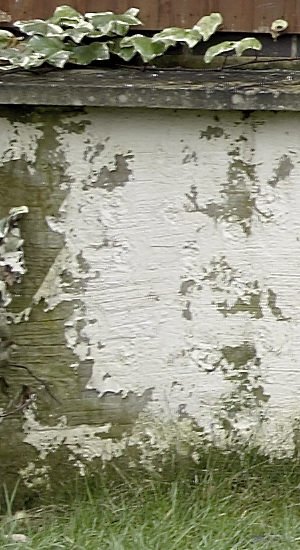 |
| Nikon 17-35mm
at 21mm / f4 (mid-frame) |
Canon 17-40mm
at 21mm / f4 (mid-frame) |
Zeiss Contax 21mm
at f4 (mid-frame) |
|
4.5 points
|
3.9 points
|
4.2 points
|
Here’s where the Nikon throws a spanner in the works: it’s distorted field of focus allows it to be considerably sharper in Zone B than Zone A: sharper even than the Zeiss 21mm in this capture. I can’t account for the anomalous behaviour of the Distagon in this frame: everything points to a score of closer to 4.8 than 4.2. At full aperture the Canon 17-40mm predictably declines in resolving ability as we move across the image circle.
Performance at f4 (Zone C)
 |
 |
 |
| Nikon 17-35mm
at 21mm / f4 (corner) |
Canon 17-40mm
at 21mm / f4 (corner) |
Zeiss Contax 21mm
at f4 (corner) |
|
3.3 points
|
3.4 points
|
4.1 points
|
Naturally the Canon has the worst vignetting at the extreme corner, but surprisingly resolves more information than the Nikon despite its one stop handicap. Note also that the Zeiss 21mm still suffers from vignetting at f4. However, its resolving power is unmatched. If only the distortion was less problematic . . . .
[nextpage title=”Resolution (f5.6)”]
Nikon 17-35mm 2.8 v Zeiss 21mm 2.8 v Canon 17-40mm f4 L
21mm at f5.6 (Zone A)
 |
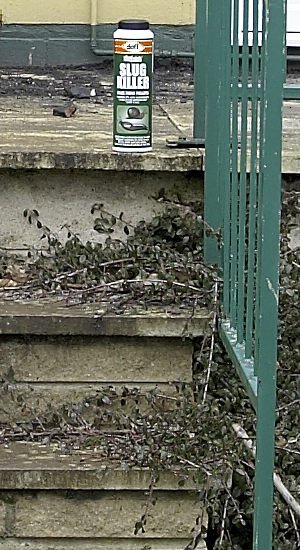 |
 |
| Nikon 17-35mm at 21mm / f5.6 (centre) | Canon 17-40mm at 21mm / f5.6 (centre) | Zeiss Contax 21mm at f5.6 (centre) |
|
4.6 points
|
4.7 points
|
5 points
|
Full marks is the only possible response to the Zeiss 21mm at f5.6: fully resolving to the limits of the sensor. You could put a Leica APO Macro, Canon 200mm f1.8 and a Zeiss 85mm f1.2 alongside this capture and it wouldn’t look any better on a 5D. One stop down, the Canon 17-40mm once again impresses, marginally outperforming the Nikon here again.
Performance at f5.6 (Zone B: Left Side)
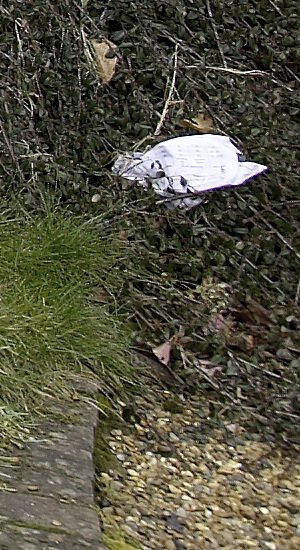 |
 |
 |
| Nikon 17-35mm at 21mm / f5.6 (mid-frame) | Canon 17-40mm at 21mm / f5.6 (mid-frame) | Zeiss Contax 21mm at f5.6 (mid-frame) |
|
4.4 points
|
4.5 points
|
4.8 points
|
Barely compromised in Zone B at f5.6, the Zeiss 21mm comfortably outperforms any comparable lens at this focal length. The Canon and Nikon are practically level-pegging.
Performance at f5.6 (Zone C)
 |
 |
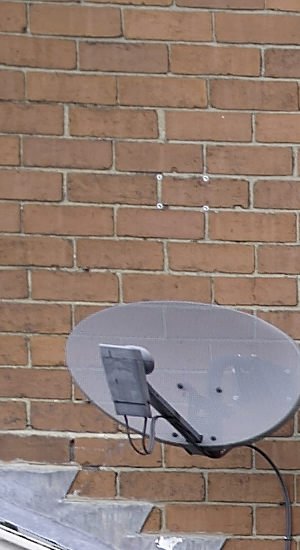 |
| Nikon 17-35mm at 21mm / f5.6 (corner) | Canon 17-40mm at 21mm / f5.6 (corner) | Zeiss Contax 21mm at f5.6 (corner) |
|
3.9 points
|
3.8 points
|
4.5 points
|
In common with most Nikon wide angles, the 17-35mm AFS f2.8 really ramps up the corner resolution from f5.6 on; you don’t buy a wide Nikon for its wide aperture performance. This capture is quite respectable, though some way off the delicious rendition of the Zeiss.
[nextpage title=”Resolution (f8)”]
Nikon 17-35mm 2.8 v Zeiss 21mm 2.8 v Canon 17-40mm f4 L
21mm at f8 (Zone A)
 |
 |
 |
| Nikon 17-35mm at 21mm / f8 (centre) | Canon 17-40mm at 21mm / f8 (centre) | Zeiss Contax 21mm at f8 (centre) |
|
4.8 points
|
4.9 points
|
5 points
|
As you might expect, differences are flattening out by f8 . . . but the Zeiss 21mm not only resolves more information at this aperture, but it draws a more solidly etched, believable image. This combination of high accutance and vivid plasticity is very distinctive: the Canon and Nikon captures look like images shot with high quality lenses; the Zeiss capture is like being there.
Performance at f8 (Zone B: Left Side)
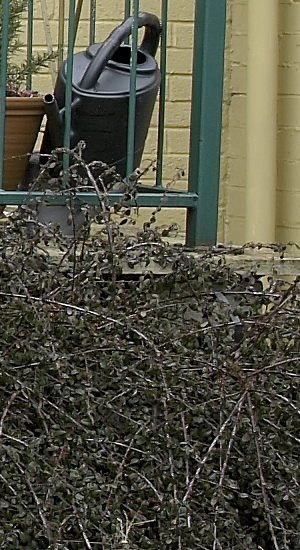 |
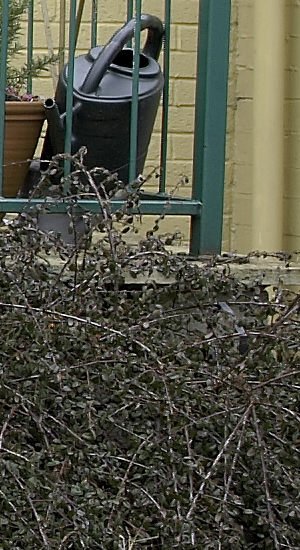 |
 |
| Nikon 17-35mm at 21mm / f8 (mid-frame) | Canon 17-40mm at 21mm / f8 (mid-frame) | Zeiss Contax 21mm at f8 (mid-frame) |
|
4.9 points
|
4.9 points
|
5 points
|
Again the Zeiss retains its resolution advantage. There’s very little to separate the Canon and Nikon zooms here.
Performance at f8 (Zone C)
 |
 |
 |
| Nikon 17-35mm at 21mm / f8 (corner) | Canon 17-40mm at 21mm / f8 (corner) | Zeiss Contax 21mm at f8 (corner) |
|
4.4 points
|
4.2 points
|
4.8 points
|
It is sometimes said that the distortion of circular objects in frame corners is a function of focal length. As you can see in these captures, all at 21mm, that’s not entirely true: many wide angle lenses suffer from negative (barrel) distortion in the frame centre, but positive (outward sweeping) distortion in the corners. Generally, these are the ones to avoid if distortion is germane to your subject matter. Many of the old-school Nikon designs were either very close to neutral (15mm and 28mm AIS) or had simple barrel distortion (without the positive kink in the corners). Some of the more recent designs (like the 14mm f2.8) are much more troublesome.
If you want critically sharp corners from a 17-40L, you’ll have to stop down further than this . . . .
[nextpage title=”Resolution (f11)”]
Nikon 17-35mm 2.8 v Zeiss 21mm 2.8 v Canon 17-40mm f4 L
21mm at f11 (Zone A)
 |
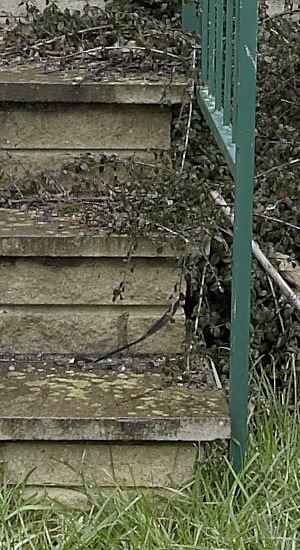 |
 |
| Nikon 17-35mm at 21mm / f11 (centre) | Canon 17-40mm at 21mm / f11 (centre) | Zeiss Contax 21mm at f11 (centre) |
|
4.9 points
|
4.8 points
|
4.9 points
|
By f11, diffraction effects are just beginning to show themselves on a 5D with all three lenses.
Performance at f11 (Zone B: Left Side)
 |
 |
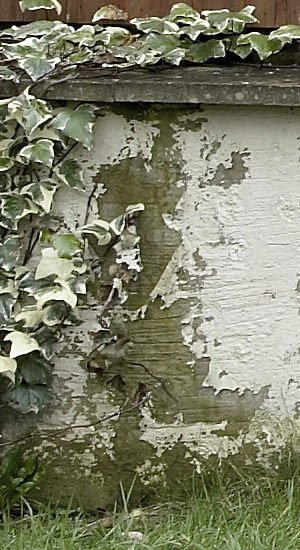 |
| Nikon 17-35mm at 21mm / f11 (mid-frame) | Canon 17-40mm at 21mm / f11 (mid-frame) | Zeiss Contax 21mm at f11 (mid-frame) |
|
4.7 points
|
4.5 points
|
4.9 points
|
The Distagon’s microcontrast enables it to appear sharper than the other lenses even here, where diffraction effects are on the verge of being more decisive to the results than any other factor.
Performance at f11 (Zone C)
 |
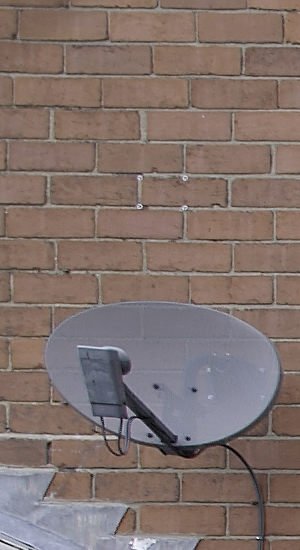 |
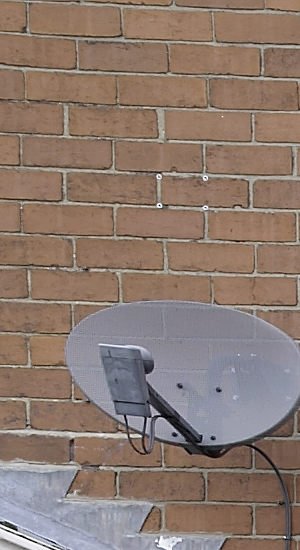 |
| Nikon 17-35mm at 21mm / f11 (corner) | Canon 17-40mm at 21mm / f11 (corner) | Zeiss Contax 21mm at f11 (corner) |
|
4.5 points
|
4.3 points
|
4.8 points
|
Pretty good corners all round by f11, through the Canon 17-40mm delivers the least appetising Zone C in this company.
[nextpage title=”Resolution (f16)”]
Nikon 17-35mm 2.8 v Zeiss 21mm 2.8 v Canon 17-40mm f4 L
21mm at f16 (Zone A)
 |
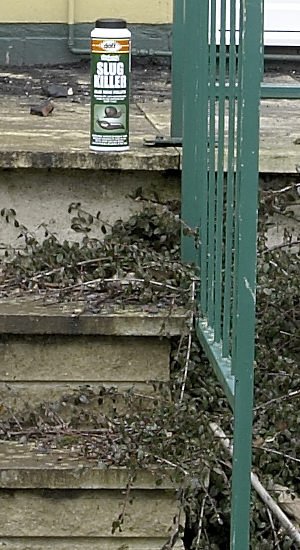 |
 |
| Nikon 17-35mm
at 21mm / f16 (centre) |
Canon 17-40mm
at 21mm / f16 (centre) |
Zeiss Contax 21mm
at f16 (centre) |
|
4.7 points
|
4.7 points
|
4.8 points
|
All lenses are now clearly diffraction-limited in their resolving powers, but again the Zeiss has a little extra magic and sparkle thanks to its ‘drawing’ style.
Performance at f16 (Zone B: Left Side)
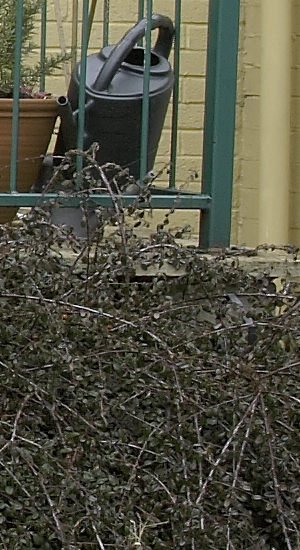 |
 |
 |
| Nikon 17-35mm
at 21mm / f16 (mid-frame) |
Canon 17-40mm
at 21mm / f16 (mid-frame) |
Zeiss Contax 21mm
at f16 (mid-frame) |
|
4.6 points
|
4.7 points
|
4.8 points
|
The Canon 17-40mm L here gets a little payback for its absence at f2.8: across the frame it’s a little better than the Nikon 17-35mm f2.8.
Performance at f16 (Zone C: Near Field)
 |
 |
 |
| Nikon 17-35mm
at 21mm / f16 (corner) |
Canon 17-40mm
at 21mm / f16 (corner) |
Zeiss Contax 21mm
at f16 (corner) |
|
4.4 points
|
4.6 points
|
4.8 points
|
. . . especially in the near-field , where it has been outperforming the Nikon for about a stop now.
[nextpage title=”Conclusion”]
So what have we learned? The fact that the Zeiss 21mm is the finest of its type is no surprise. What might come as a shock if you haven’t scrutinised the MTF charts is that a healthy Canon 17-40mm f4 L is better than a Canon 16-35mm Mark I, and makes an evenly matched challenger to the Nikon 17-35mm f2.8 for the title of ‘best ultrawide zoom’. Contrary to the opinion of my local Canon dealer, the copy of this lens I bought in 2001 was not typical!
The Nikon is troubled by an uneven field of focus which may or may not be adaptor-related: the occasional misfire in this regard allows the Canon 17-40L to come very close in outright imaging terms: sharper in the centre overall but, compared to the Nikon 17-35mm, not improving as rapidly into the extreme corner with stopping down. In terms of more Subjective Quality Factors, the Canon’s drawing style lacks something of the crispness of the Nikon’s, a factor that combines with its warmer colour rendition to impart marginally less magic and sparkle to its captures.
The trouble with the near-perfect Zeiss 21mm is its waveform distortion. The shameful truth is that by the time the wrinkles have been ironed out, some of that lovely Distagon goodness disappears too: the bottomless resolution is inevitably compromised by the subtle interpolation required to fix the geometry. After correction, the images are scarcely an improvement over the Nikon or Canon zooms.
If you shoot landscapes and can live without geometry-correcting your images, there’s no question that the Zeiss 21mm is a must-have bit of kit. If straight lines frequently crop up in your corners you may well wonder – what’s the next best thing at this focal length: the 17-40L or the 17-35 AFS? The Olympus 21mm f2, or the new 16-35mm Mark II? And the answer is . . . the Contax N 17-35mm f2.8. Not because it’s ‘sharper’ than the 21mm Distagon (though it does outperform the Canon 17-40L) but because it has such a well balanced blend of virtues in the 21-23mm range. Just don’t shoot above 24mm with it!
Choosing between the Nikon and the Canon is a tough call: at f8 and f11, the Nikon is better; at f16 the Canon has the edge. The Nikon is a stop faster, but is it a useable stop? The Nikon has a more attractive rendering style, but the Canon is weathersealed and does stuff automatically. The final tally gives the Nikon the edge, but only just . . . .
|
Performance summary
|
Canon 17-40mm f4 |
Nikon 17-35mm f2.8 |
Contax 21mm f2.8 |
|
‘Sharpness’ : |
77.1 / 90
|
77.5 / 90
|
85.1 / 90
|
|
Chromatic Aberration : |
7 / 10
|
6 / 10
|
9 / 10
|
|
Geometric Distortion : |
12 / 15
|
12 / 15
|
7 / 15
|
|
Bright Light Handling : |
8 / 10
|
7 / 10
|
6 / 10
|
|
Magic & Sparkle : |
10 / 15
|
12 / 15
|
14 / 15
|
|
Speed Rating : |
3 / 10
|
5 / 10
|
5 / 10
|
|
Overall Rating (%) : |
78.1%
|
79.7%
|
84.1%
|
For details about how these scores are derived, please see the rating explanation page.
For the full Canon 17-40mm f4 L v Nikon 17-35mm f2.8 showdown, please see here . . .
